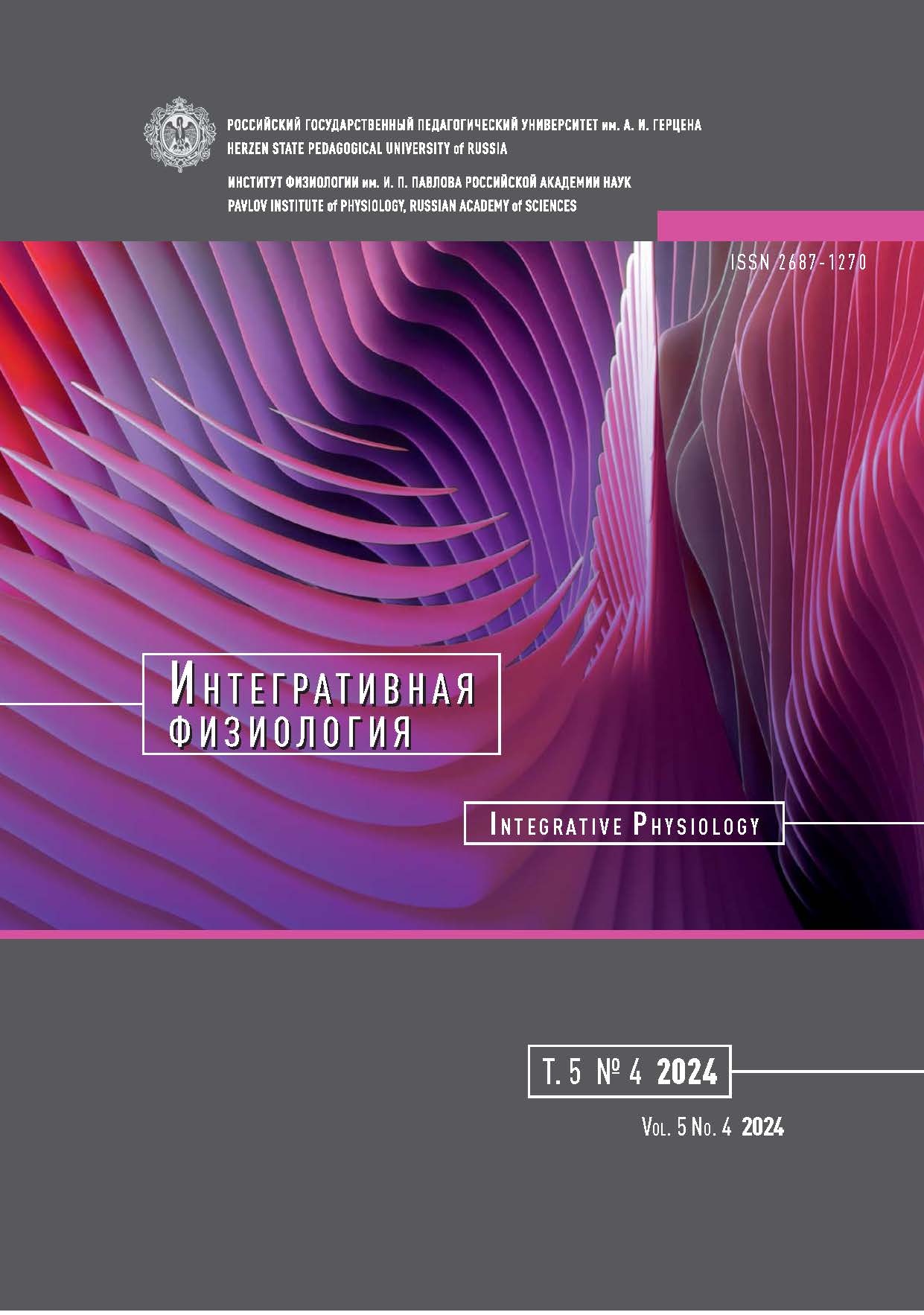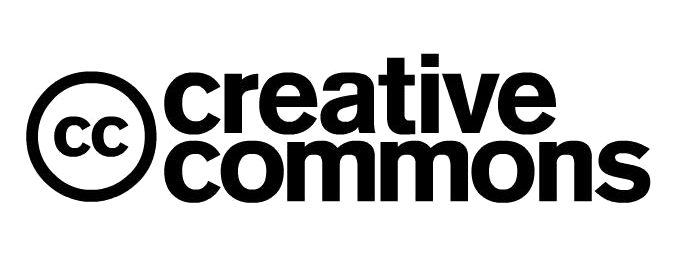Enhancement of stress-induced memory formation in rats: The role of collapsin-response mediator protein 2 (CRMP2)
DOI:
https://doi.org/10.33910/2687-1270-2024-5-4-388-395Keywords:
Wistar female rats, dominant model, stress, shuttle box, сollapsin-response mediator protein 2, indirect ELISA-testAbstract
The reported study investigates the impact of chronic stress on long-term memory formation and the expression of collapsin-response mediator protein 2 (CRMP2) within various brain structures in Wistar female rats. In the first experimental series, food-deprived rats were placed in pairs into a dominant model box for 5 minutes, over a period of five consecutive days. Dominant and submissive rats were categorized based on the amount of time spent at the feeder. In the second series, dominant and submissive rats were individually subjected to a 5-minute passive swimming test in a container of fresh water, with passive swimming duration recorded. Submissive rats exhibited a passive swimming time 2.5 times longer than that of dominant rats. In the third series, both groups were trained in a shuttle box for six consecutive days, with submissive rats achieving a greater number of correct trials compared to dominant rats. The levels of CRMP2 were measured in the amygdala, hippocampus, and left parietal cortex of both groups using a solid-phase indirect ELISA test. The results showed higher CRMP2 levels in the amygdala, hippocampus, and left parietal cortex of submissive rats compared to dominant rats. The upregulation of CRMP2 in the amygdala of submissive rats is hypothesized to be an adaptive response to chronic stress, while its increased expression in the hippocampus and parietal cortex is suggested to contribute to the stimulatory effect of stress on memory formation.
References
Alam, M. J., Kitamura, T., Saitoh, Y. et al. (2018) Adult neurogenesis conserves hippocampal memory capacity. Journal of Neuroscience, vol. 38, no. 31, pp. 6854–6863. https://doi.org/10.1523/JNEUROSCI.2976-17.2018 (In English)
Bogdanova, O. V., Kanekar, S., D’Anci, K. E., Renshaw, P. F. (2013) Factors influencing behavior in the forced swim test. Physiology & Behavior, vol. 118, pp. 227–239. https://doi.org/10.1016/j.physbeh.2013.05.012 (In English)
Brodt, S., Pöhlchena, D., Flanagin, V. L. et al. (2016) Rapid and independent memory formation in the parietal cortex. Proceedings of the National Academy of Sciences, vol. 113, no. 46, pp. 13251–13256. https://doi.org/10.1073/pnas.1605719113 (In English)
Catty, D., Raikundalia, C. (1989) Immune enzyme analysis. In: D. Catty (ed.). Antibodies. Vol. II: A Practical Approach. Oxford: Oxford University Press; IRL Press, pp. 152–238. (In English)
Collins, C. M., Kloek, J., Elliott, J. M. (2013) Parallel changes in serotonin levels in brain and blood following acute administration of MDMA. Journal of Psychopharmacology, vol. 27, no. 1, pp. 109–112. https://doi.org/10.1177/0269881112463123 (In English)
Dodd, S., Rothwell, C. M., Lukowiak, K. (2018) Strain-specific effects of crowding on long-term memory formation in Lymnaea. Comparative Biochemistry & Physiology. Part A: Molecular and Integrative Physiology, vol. 222, pp. 43–51. https://doi.org/10.1016/j.cbpa.2018.04.010 (In English)
Eichenbaum, H. (2004) Hippocampus: Cognitive processes and neural representations that underlie declarative memory. Neuron, vol. 44, no. 1, pp. 109–120. https://doi.org/10.1016/j.neuron.2004.08.028 (In English)
Elliott, J. M., Kent, A. (1989) Comparison of [125I]iodolysergic acid diethylamide binding to human frontal cortex and platelet tissue. Journal of Neurochemistry, vol. 53, no. 1, pp. 191–196. https://doi.org/10.1111/j.1471-4159.1989.tb07313.x (In English)
Fortin, N. J., Agster, K. L., Eichenbaum, H. B. (2002) Critical role of the hippocampus in memory for sequences of events. Nature Neuroscience, vol. 5, no. 5, pp. 458–462. https://doi.org/10.1038/nn834 (In English)
Garina, D. V., Bol’shakov, V. V., Toropygin, I. Yu. et al. (2018) The role of neuro-specific dihydropyrimidinase-related protein 2 (dpyl2) in spatial memory formation in teleosts. Regulatory Mechanisms in Biosystems, vol. 9, no. 1, pp. 11–14. https://doi.org/10.15421/021802 (In English)
Goldfarb, E. V. (2019) Enhancing memory with stress: Progress, challenges, and opportunities. Brain and Cognition, vol. 133, pp. 94–105. https://doi.org/10.1016/j.bandc.2018.11.009 (In English)
Guliyeva, S. M., Mekhtiev, A. A. (2023) Involvement of dihydropyrimidinase-related protein 2 in human anxiety regulation. Journal of Evolutionary Biochemistry and Physiology, vol. 59, no. 1, pp. 133–140. https://doi.org/10.1134/S0022093023010118 (In English)
Guliyeva, S. M., Humbatov, S. I., Huseynzadeh, S. A., Mekhtiev, A. A. (2024) Effects of dihydropyrimidinase-related protein 2 on anxiety level in rats. Journal of Life Sciences and Biomedicine, vol. 6 (79), no. 1, pp. 22–26. https://doi.org/10.59849/2710-4915.2024.1.22 (In English)
Guseinov, S. B., Mekhtiev, A. A. (2013) Studies of the role of serotonin-modulating anticonsolidation protein in memory formation in rats in a shuttle box. Neuroscience and Behavioral Physiology, vol. 43, no. 5, pp. 551–556. (In English)
Hasanova, L. F. (2022) The changes of serotonin-modulating anticonsolidation protein and dihydropyrimidinase-related protein 2 in the amygdala and blood of depressive rats. Azerbaijan Journal of Physiology, vol. 37, no. 2, pp. 7–12. https://doi.org/10.59883/ajp.37 (In English)
Hodes, G. E., Epperson, C. N. (2019) Sex differences in vulnerability and resilience to stress across the life span. Biological Psychiatry, vol. 86, no. 6, pp. 421–432. https://doi.org/10.1016/j.biopsych.2019.04.028 (In English)
Inagaki, N., Chihara, K., Arimura, N. et al. (2001) CRMP-2 induces axons in cultured hippocampal neurons. Nature Neuroscience, vol. 4, no. 8, pp. 781–782. https://doi.org/10.1038/90476 (In English)
Malatynska, E., Pinhasov, A., Crooke, J. J. et al. (2007) Reduction of dominant or submissive behaviors as models for antimanic or antidepressant drug testing: Technical considerations. Journal of Neuroscience Methods, vol. 165, no. 2, pp. 175–182. https://doi.org/10.1016/j.jneumeth.2007.05.035 (In English)
Marchette, R. C. N., Bicca, M. A., Santos, E. C. D. S., de Lima, T. C. M. (2018) Distinctive stress sensitivity and anxiety-like behavior in female mice: Strain differences matter. Neurobiology of Stress, vol. 9, pp. 55–63. https://doi.org/10.1016/j.ynstr.2018.08.002 (In English)
McGaugh, J. L. (2015) Consolidating memories. Annual Review of Psychology, vol. 66, pp. 1–24. https://doi.org/10.1146/annurev-psych-010814-014954 (In English)
Mekhtiev, A. A. (2000) Detection of protein with anticonsolidation properties in the rat brain. Bulletin of Experimental Biology and Medicine, vol. 130, no. 8, pp. 739–742. https://doi.org/10.1007/BF02766081 (In English)
Nakamura, F., Ohshima, T., Goshima, Y. (2020) Collapsin response mediator proteins: Their biological functions and pathophysiology in neuronal development and regeneration. Frontiers in Cellular Neuroscience, vol. 14, article 188. https://doi.org/10.3389/fncel.2020.00188 (In English)
Rohlf, F. J., Sokal, R. R. (1995) Statistical tables. 3rd ed. New York: W. H. Freeman and Company Publ., 199 p. (In English)
Schwabe, L., Wolf, O. T. (2010) Learning under stress impairs memory formation. Neurobiology of Learning and Memory, vol. 93, no. 2, pp. 183–188. https://doi.org/10.1016/j.nlm.2009.09.009 (In English)
Šimić, G., Tkalčić, M., Vukić, V. et al. (2021) Understanding emotions: Origins and roles of the amygdala. Biomolecules, vol. 11, no. 6, article 823. https://doi.org/10.3390/biom11060823 (In English)
Swinton, E., Swinton, C., Lukowiak, K. (2019) Shell damage leads to enhanced memory formation in Lymnaea. Journal of Experimental Biology, vol. 222, no. 17, article jeb207571. https://doi.org/10.1242/jeb.207571 (In English)
Wiemers, U. S., Sauvage, M. M., Schoofs, D. et al. (2013) What we remember from a stressful episode. Psychoneuroendocrinology, vol. 38, no. 10, pp. 2268–2277. https://doi.org/10.1016/j.psyneuen.2013.04.015 (In English)
Downloads
Published
Issue
Section
License
Copyright (c) 2025 Medina I. Hasanova, Arif A. Mekhtiev

This work is licensed under a Creative Commons Attribution-NonCommercial 4.0 International License.
The work is provided under the terms of the Public Offer and of Creative Commons public license Creative Commons Attribution 4.0 International (CC BY 4.0).
This license permits an unlimited number of users to copy and redistribute the material in any medium or format, and to remix, transform, and build upon the material for any purpose, including commercial use.
This license retains copyright for the authors but allows others to freely distribute, use, and adapt the work, on the mandatory condition that appropriate credit is given. Users must provide a correct link to the original publication in our journal, cite the authors' names, and indicate if any changes were made.
Copyright remains with the authors. The CC BY 4.0 license does not transfer rights to third parties but rather grants users prior permission for use, provided the attribution condition is met. Any use of the work will be governed by the terms of this license.







